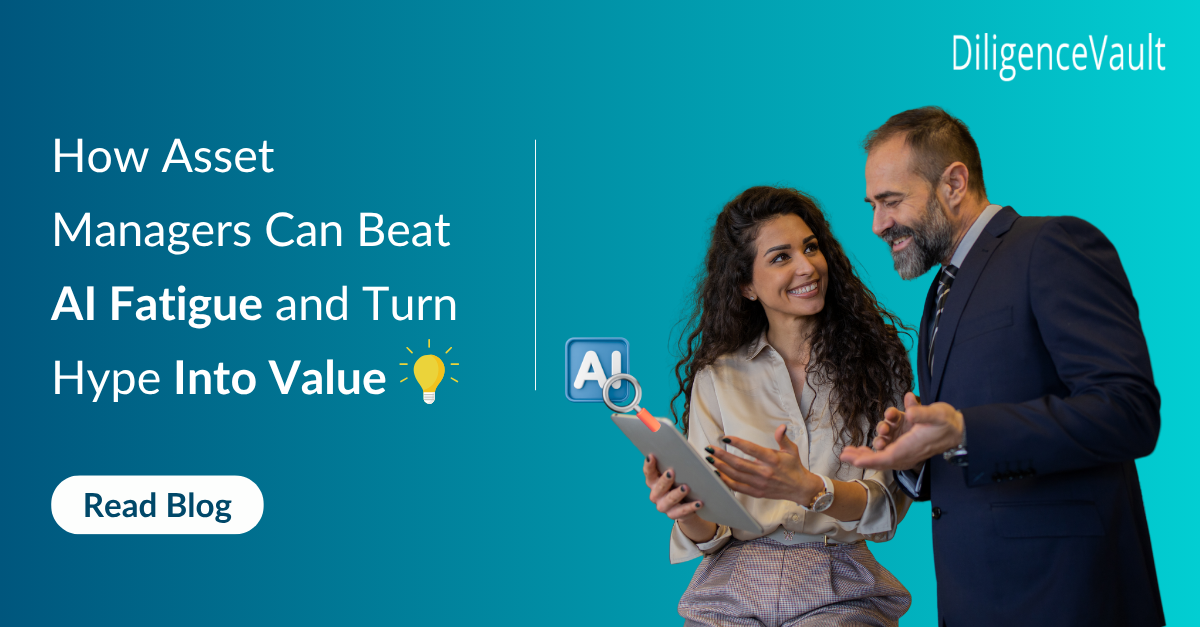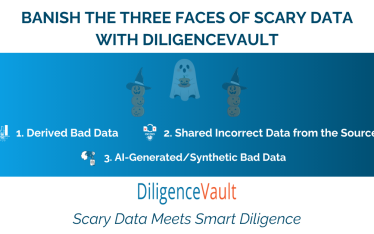“A new AI tool launches every week. Your team gets excited… then confused. A few weeks later, it’s barely used. Sound familiar?” This is AI fatigue not because AI lacks potential, but because it often outpaces planning and people-readiness.
The excitement around AI in asset and wealth management is real but so is the fatigue. Teams are drowning in demos, buzzwords, and fragmented tools that promise transformation but rarely deliver it cleanly.
So how do firms cut through the noise, stay focused, and make AI work for them? Here’s a practical, no-fluff guide to managing AI fatigue across your organization and turning interest into impact.
1. Lead with Use Cases, Not Features
Stop chasing shiny tools. Start with real problems.
- Action: Identify 2–3 clear, ROI-driven pain points (e.g. client reporting, data cleaning, compliance checks).
- Example: Instead of experimenting with a generic chatbot, deploy AI to automatically summarize manager commentary for quarterly reports, or extract structured data from a fund document saving hours each cycle.
- Tip: Track and share small wins early. They build buy-in and trust.
2. Embed AI into Daily Workflows
People won’t adopt what feels like “extra work.”
- Action: Choose tools that integrate within existing platforms (CRM, Excel, portfolio dashboards), not outside them.
- Example:
- Auto-tagging meeting notes in CRM.
- In-line investment memo drafting with GenAI tools.
- Risk summaries directly in portfolio tools.
- Goal: AI should feel like a silent assistant, not another platform to manage.
3. Human Oversight is a Feature, Not a Fallback
Trust takes time. Trust also takes training wheels.
- Action: Design every AI output to be reviewable, not final.
- Framework: Human-in-the-loop (HITL) as the default. Always.
- Use Case: Compliance teams can review AI-drafted disclosures before approval. The final result is created faster but still controlled.
4. Train for Tools Like You Train for Markets
Working with AI is now a core competency, just like portfolio theory once was.
- Action: Offer micro-trainings, quick-start guides, and “how I use AI” sessions led by internal champions.
- Example: DV runs hands-on GenAI training tailored to investment teams. It’s not just about prompts. It’s about productivity.
- Tip: Encourage teams to treat AI literacy like financial modeling. It needs continuous focus and an area to constantly refine.
5. Set Expectations Early and Keep Them Real
AI isn’t magic, and it still makes mistakes.
- Action: Be open about limitations like hallucinations, data sensitivity, or model drift.
- Tip: Frame AI adoption like portfolio strategy — there’s risk, there’s experimentation, and not every trade is a winner.
6. Instrument Usage and Iterate Fast
The best feedback comes from the ground.
- Action: Monitor where users drop off, where they need help, and what they ignore.
- Tool Tip: Use built-in analytics or short surveys to collect real-time feedback on AI integrations.
- Outcome: Quickly double down on high-value features and quietly sunset the duds
7. Be Ruthless About Tool Sprawl
The fastest way to fatigue your team? A dozen half-working AI tools.
- Action: Create a centralized AI governance group to approve and prioritize tools.
- Tip: Fewer, better tools win. Focus on scalable, secure, integrated solutions over experimental widgets
8. Celebrate Human + AI Wins
Fear melts when people see results.
- Action: Showcase case studies where AI helped advisors close a deal faster, or analysts spend more time on insight, not admin.
- Example: “We used to take 6 hours to prepare a pitchbook. Now it’s 90 minutes with GenAI support.”
- Culture: Shift from “AI might replace us” to “AI lets us do our best work.”
9. Fix Your Data Before You Plug in AI
No model can outsmart bad inputs.
- Action: Audit your internal data quality from client info to historical performance, before scaling AI tools.
- Tip: Treat data cleanup as a strategic initiative, not a side project.
- Reminder: Bad data = bad decisions, no matter how advanced the model.
10. Vet Vendors Like You’d Vet an Investment
.ai in the name doesn’t mean it’s real AI.
- Action: Build a vendor assessment framework that asks:
- Is it using real machine learning or rule-based logic?
- Can it integrate with our stack securely?
- What’s the total cost of ownership including training and support
- Advice: Ask for live demos with your data not just slide decks.
Final Word: AI Is a Long-Term Allocation, Not a Trade
AI fatigue is natural, especially in complex, regulated, client-centric environments like asset and wealth management. But with a measured approach, focused use cases, and ongoing learning, firms can turn fatigue into function, and eventually, into a real edge.



